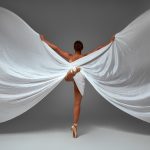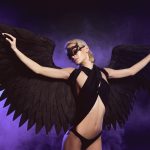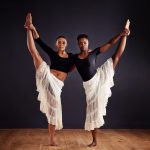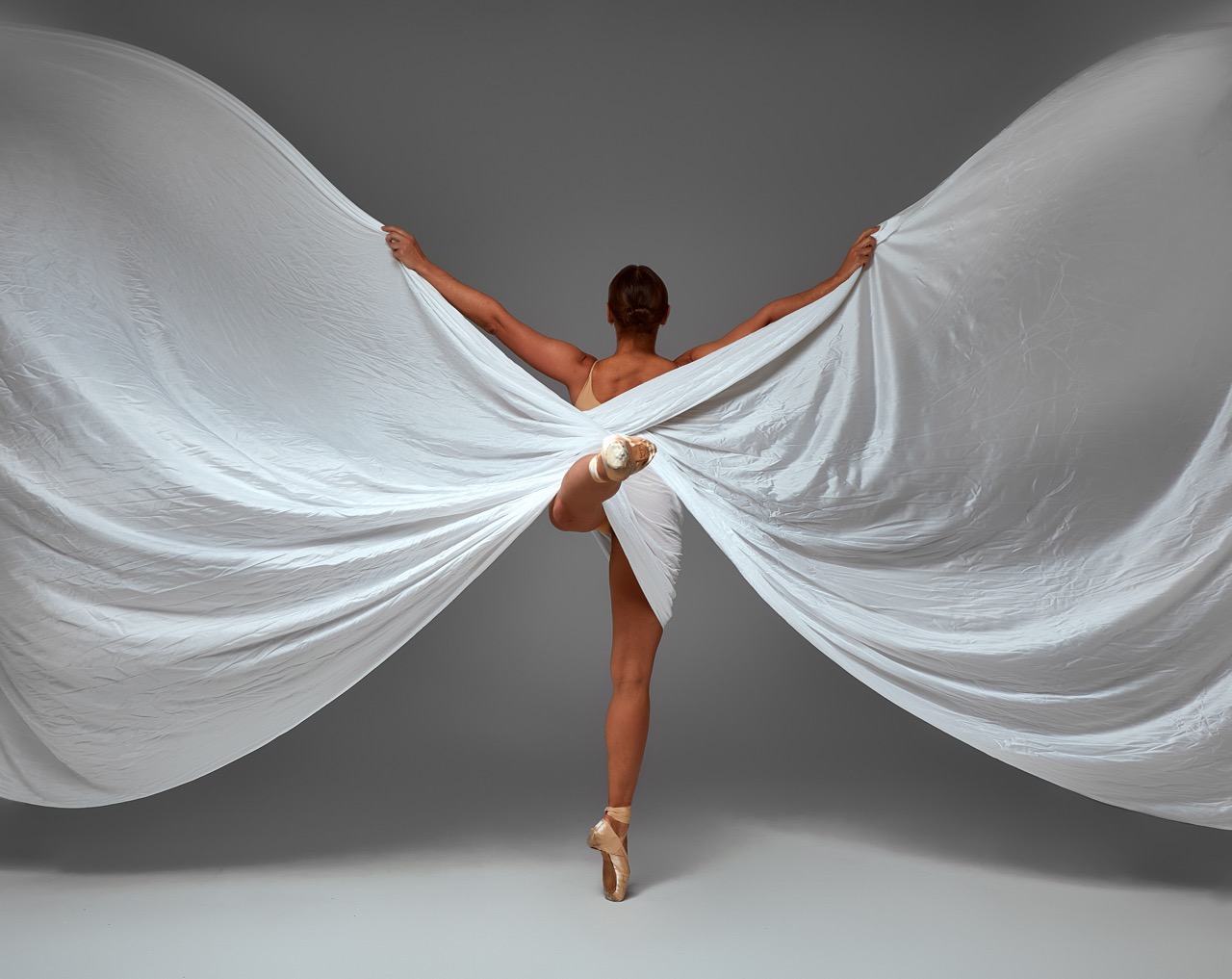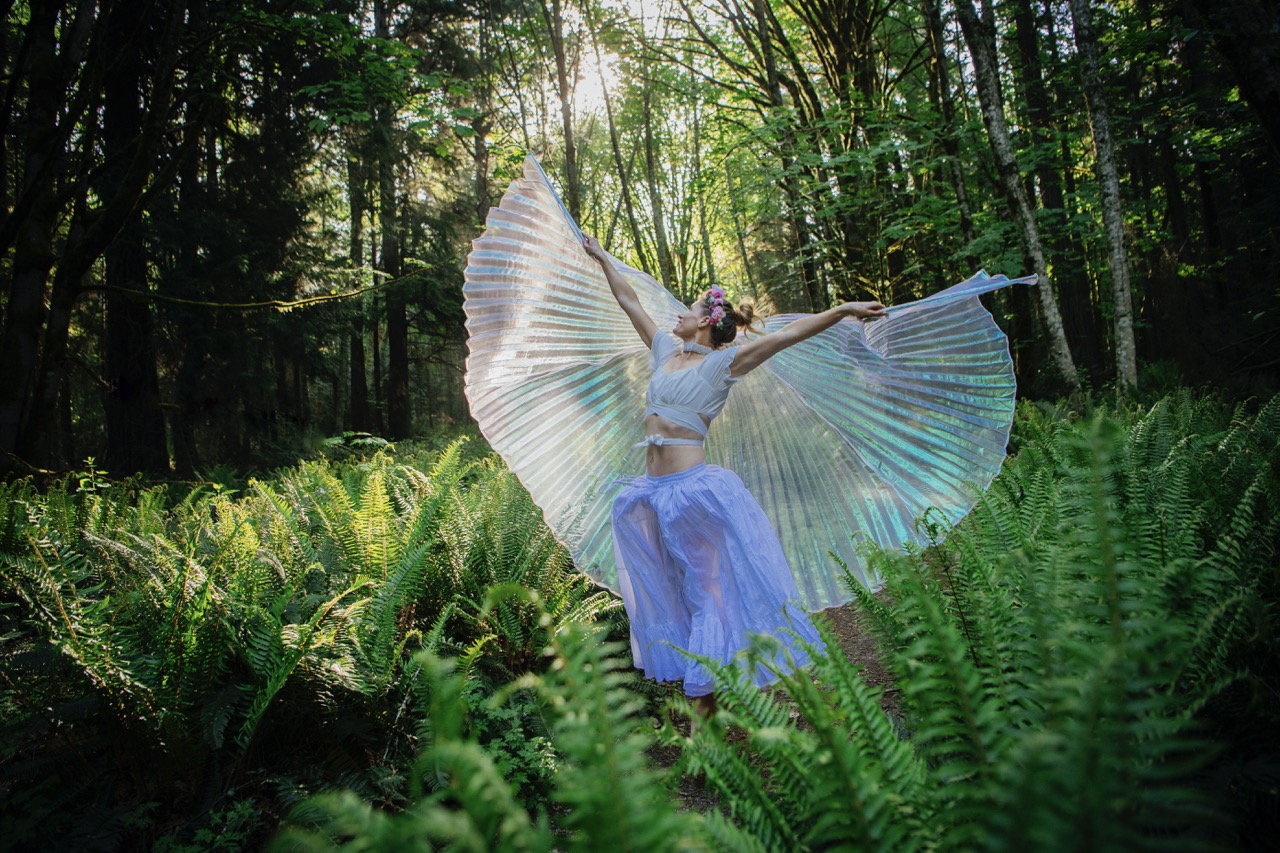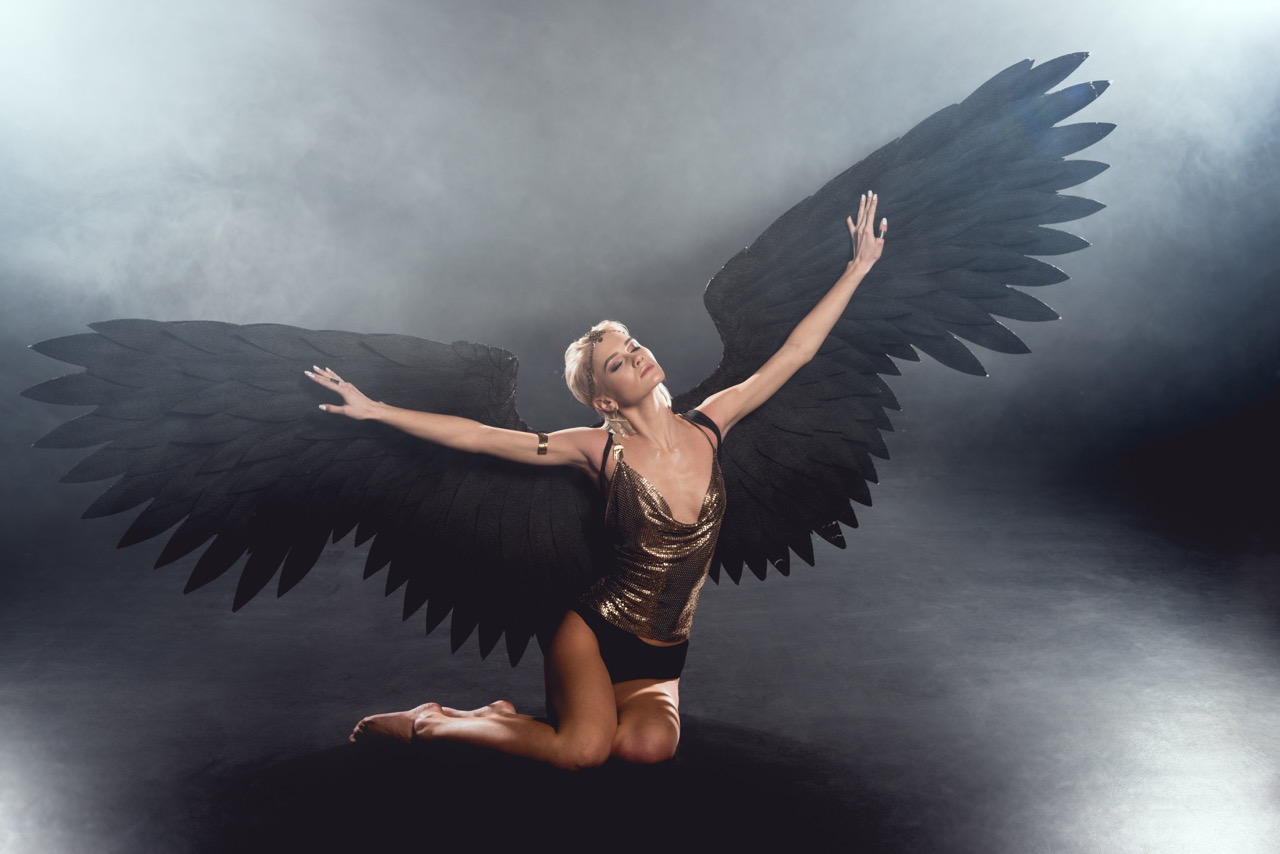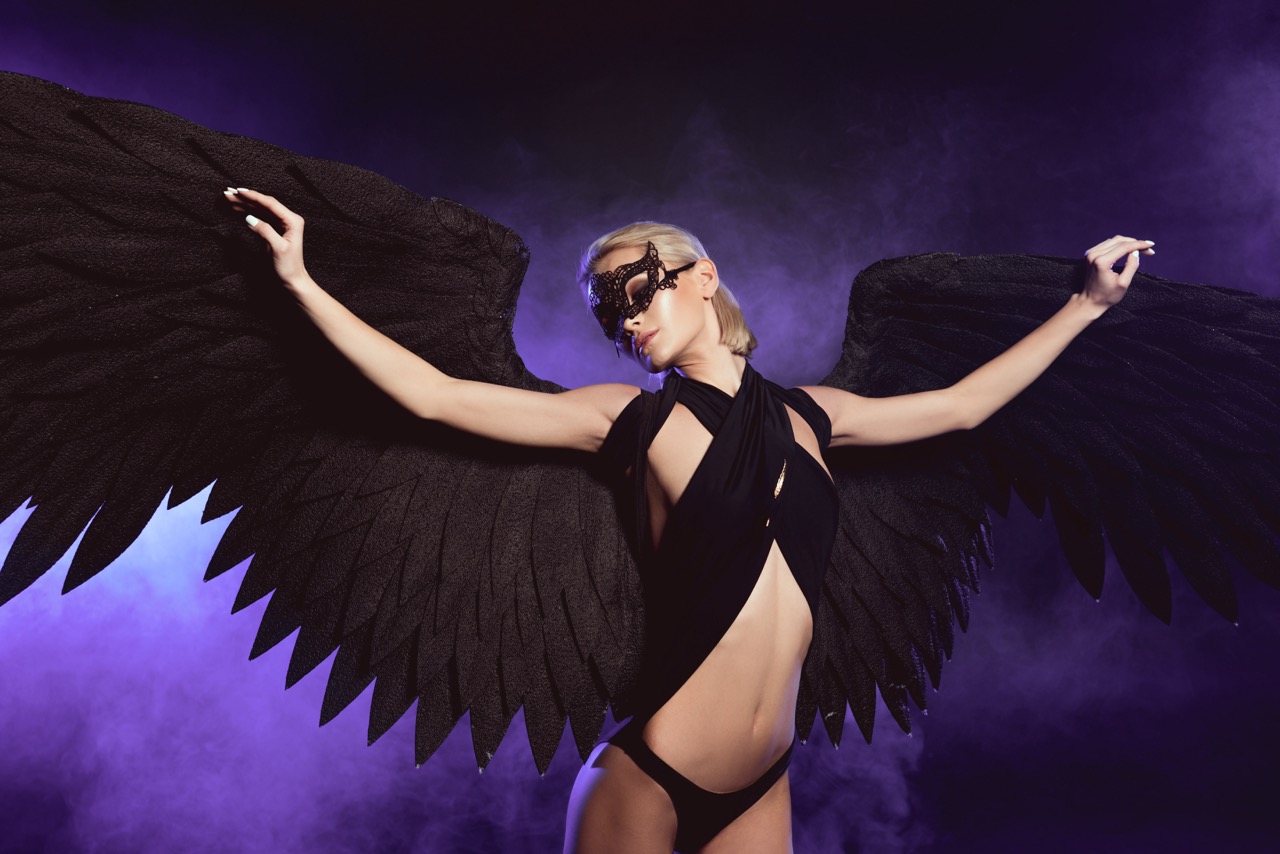In the vibrant world of dance competitions, where every detail counts and creativity reigns supreme, winged costumes have emerged as a striking trend capturing the imagination of audiences and judges alike. This whimsical yet powerful aesthetic transcends traditional dance attire, allowing performers to embody ethereal beings and mythical creatures. With the capacity to mesmerize and elevate performances, winged costumes are not merely garments; they are extensions of the dancers’ emotions and narratives. In this article, we delve into the rise of these enchanting designs, explore the artistry behind their creation, highlight iconic performances, and speculate on future trends in dance costuming.
The Rise of Winged Costumes: A Dance Revolution Unleashed
The emergence of winged costumes in dance competitions marks a significant evolution in performance art, blending elements of fantasy with the physicality of dance. In recent years, choreographers and costume designers have sought to push the boundaries of traditional dance attire, recognizing the potential of winged motifs to enhance storytelling and emotional expression. As dancers take to the stage adorned with elaborate wings—ranging from delicate feathered accents to bold, structural designs—they not only captivate audiences but also challenge conventional perceptions of dance aesthetics.
This trend can be traced back to various cultural influences, including theatrical productions, film, and even high fashion. The fusion of these elements has given rise to a new genre of performance art where dancers portray characters that are more than human. Iconic productions such as “The Nutcracker” and contemporary pieces inspired by fairy tales often feature winged characters, paving the way for their popularity in competitive dance environments. As these costumes gain prominence, dance competitions have become platforms for showcasing not only talent but also innovation in design.
Furthermore, the rise of social media has played a pivotal role in popularizing winged costumes. Platforms like Instagram and TikTok allow dancers to share their performances with a global audience, amplifying the visibility of unique costume choices. Dancers who don winged attire often gain attention for their visually stunning presentations, encouraging more competitors to experiment with similar designs. This phenomenon has fostered a community of creatives eager to embrace and expand upon this trend, signifying a true dance revolution.
Crafting Elegance: The Artistry Behind Winged Designs
Creating winged costumes requires a delicate balance of artistry, technical skill, and innovative design. Costume designers often begin with a conceptual vision, drawing inspiration from nature, mythology, and the specific narrative of the dance piece. The result is a collaboration that combines textiles, colors, and textures to produce wings that are not only visually striking but also functional for dancers. Designers meticulously select lightweight materials such as organza, tulle, and feathers to ensure that the wings enhance rather than hinder movement.
The craftsmanship involved in winged costume design goes beyond mere aesthetics. Designers must account for the mechanics of movement, ensuring that wings can be manipulated seamlessly during a performance. This often involves intricate engineering, such as the incorporation of flexible frames or harness systems that allow dancers to move freely without compromising the costume’s integrity. The attention to detail in these designs transforms each costume into a wearable work of art that complements the dancer’s physicality and enhances the overall impact of the performance.
Moreover, the process of crafting these costumes is often collaborative, involving feedback from dancers to ensure comfort and mobility. This partnership between designer and performer is crucial, as the dancer must feel confident and at ease when wearing the costume. The result is a harmonious blend of artistry and practicality, producing winged costumes that not only look stunning but also empower dancers to fully express themselves on stage.
From Stage to Spotlight: Iconic Winged Performances
Throughout the history of dance, numerous performances have left an indelible mark on audiences through their use of winged costumes. One such performance that stands out is the contemporary piece “Wings of Desire,” which features dancers adorned in luminous wings that mimic the grace of angels. The ethereal quality of the costumes, coupled with the choreography, creates a poignant narrative that resonates deeply with viewers, showcasing the power of winged designs in storytelling.
Another iconic moment can be seen in the world of competitive dance with groups like the “Dance Moms” cast, who frequently used winged costumes to elevate their performances to new heights. The extravagant designs not only helped them stand out in the competitive landscape but also became a signature element of their routines. This trend has since influenced many other dance studios, inspiring choreographers to incorporate winged costumes into their own performances, thereby expanding the trend further into the dance community.
Beyond competitions, the theatrical realm has also embraced winged costumes, with productions like “Peter Pan” captivating audiences through their imaginative designs. The portrayal of fairies and other fantastical beings, adorned with wings that sparkle and shimmer, has become synonymous with the magic of live performance. These iconic presentations demonstrate how winged costumes can transcend genres, creating lasting impressions and elevating the art of dance to celestial heights.
Future Trends: Evolving Concepts in Dance Costuming
As the world of dance continues to evolve, so too does the concept of winged costumes. Designers are increasingly embracing technology to create dynamic, interactive pieces that incorporate LED lights and motion sensors. These advancements allow for costumes that not only dazzle with visual effects but also respond to the dancer’s movements, creating an immersive experience for both performer and audience. This integration of technology is poised to revolutionize the way winged costumes are experienced, merging the boundaries between dance, art, and innovation.
Sustainability is also becoming a forefront consideration in costume design. As awareness of environmental issues grows, designers are seeking out eco-friendly materials and practices to create winged costumes. This shift not only addresses ecological concerns but also inspires unique design approaches that prioritize creativity without compromising the planet. As a result, we can expect to see an emergence of winged costumes that echo the beauty of nature, using biodegradable materials and organic designs that reflect a commitment to sustainability.
Lastly, the future of dance costuming will likely embrace inclusivity and diversity, with winged designs representing a broader range of cultural interpretations. As dance becomes increasingly global, the incorporation of various cultural aesthetics into winged designs will not only enrich performances but also foster a deeper understanding of different artistic expressions. This evolving narrative will ensure that winged costumes remain a powerful and transformative element within the dance community for years to come.
In conclusion, the fashion of winged costumes in dance competitions encapsulates a captivating blend of artistry and performance. From the transformative impact they have on storytelling to the intricate craftsmanship behind each design, winged costumes represent a significant evolution in the dance world. As we look to the future, the integration of technology, sustainability, and inclusivity will undoubtedly shape new interpretations of these enchanting garments. The phenomenon of winged costumes continues to soar, inspiring dancers to reach new heights and inviting audiences to experience the magic of dance in ways previously unimagined.


